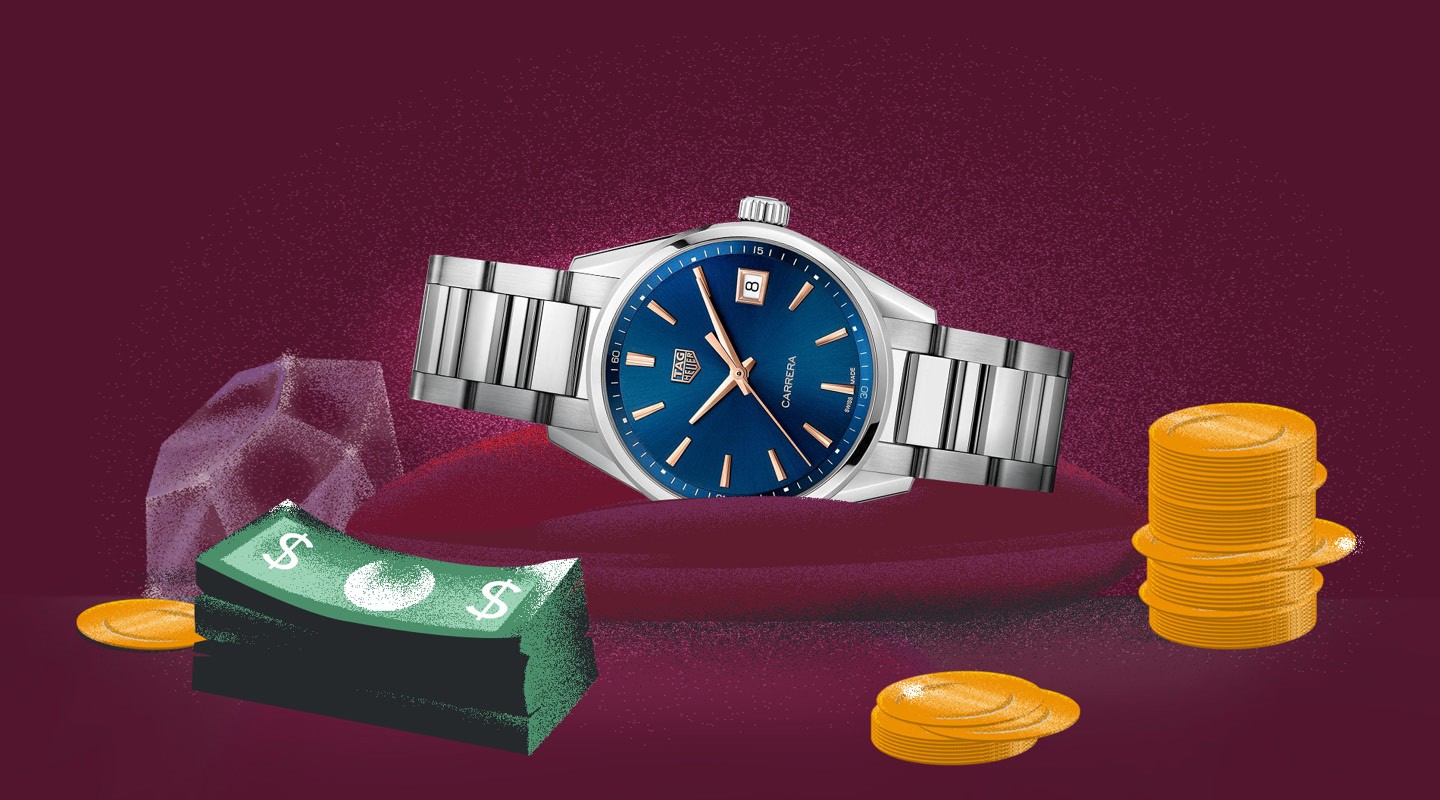
Last year, the average price of luxury watches exported from Switzerland went up – again. Dubai Watch Week asks whether spiralling prices pose a threat to the long-term health of the luxury watches industry
Pump the question ‘why are luxury watches so expensive’ into Google, and you’ll get pages and pages of results. Everyone from online watch publications to middle-of-the-road clickbait portals has a view on this. And it’s largely the same. They’ll cite tangible things such as precision engineering, quality of materials and hand-finishing, as well as more nebulous factors such as investment in manufacturing, a limited skills base, and the cost of living in Switzerland. Put it all together, and that’s why luxury watches cost so much.
Which is all fair. But behind this question there’s a bigger question: have luxury watches become too expensive?
The question suggests Swiss watches were once less expensive than they are now, even allowing for inflation. And to work out if that’s true, we need to do some math. And for that, we need a guinea pig.
In 1972, Audemars Piguet introduced the Royal Oak. A lot has been written about this. The watch was revolutionary, if not controversial because it was a luxury steel sports watch that cost more than many gold watches of the time. History reports that on launch it cost CHF 3,650, around $950 at the time. In today’s money, that’s around $6,000, according to various online calculators. The current price of a Royal Oak ‘Jumbo’ Extra Thin is $24,700.
That simple calculation would suggest the Royal Oak is more than four times more expensive today than it was at launch. But that wouldn’t be entirely right, because it wouldn’t take into account the cost of the watch relative to earnings.
In 1972, the national average wage index in the US was $7,133.80. So it would be mid-February before the average worker would have earned enough, pre-tax, for a Royal Oak. The same index has the 2017 figure at $50,321.89. Applying the same formula, the average worker would now have to work until June 28 before they had earned enough for the modern equivalent of Audemars Piguet’s iconic luxury watch.
Now, the Royal Oak is just one example and because it’s so well documented it’s also easy to analyse, but it may not be representative of an entire industry’s output. It’s a special case any way you look at it. But the illustration is stark, and it has the ring of truth about it.
Look at prices of more commercial pieces such as Omega’s Seamaster or TAG Heuer’s Carrera over the last 10 years and you’ll see a similar spike. Again, there might be reasons for that, but any way you look at it, in absolute and relative terms, watches are still becoming more expensive.
But too expensive? The question also suggests rising prices pose an existential threat to the Swiss watch industry
And maybe they do. The industry downturn in the middle of this decade prompted a number of high-end brands to introduce more ‘accessible’ models. Steel pieces such as Piaget’s Polo S and Vacheron Constantin’s Fifty-Six created new, significantly lower entry-points for both brands, while the focus of Montblanc’s strategy was to make fine watchmaking cost less.
But while that would suggest an industry concerned its watches are too expensive for its customer, export figures show that prices of Swiss watches are now going up – rapidly. The average price of a luxury watch exported from Switzerland rose from $708 in 2016 to $859 in 2018, according to the Federation of the Swiss Watch Industry (FHS).
Those figures tally with another of the FHS’s calculations that the industry is being propped up by pieces at the higher end of the spectrum. Exports of Swiss watches over CHF 500 (at export prices rather than retail), were up last year by 7.5 per cent, whereas under CHF 500 they were down by 5 per cent.
All of which indicates the world is still buying luxury watches and that price seems to be no barrier. If anything, average prices are likely to keep rising as lower end volumes drop, hit by the rise of the smartwatch, and in particular Apple Watch, which this year is on course to shift more units than the entire Swiss watchmaking industry. And for as long as that’s the case, it will be difficult to argue successfully that Swiss watches have become too expensive.
How far in advance do you usually book tickets?
- Within 24h Before
- 1-3 Days Before
- 1-3 Weeks Before
- Over a Month Before
























